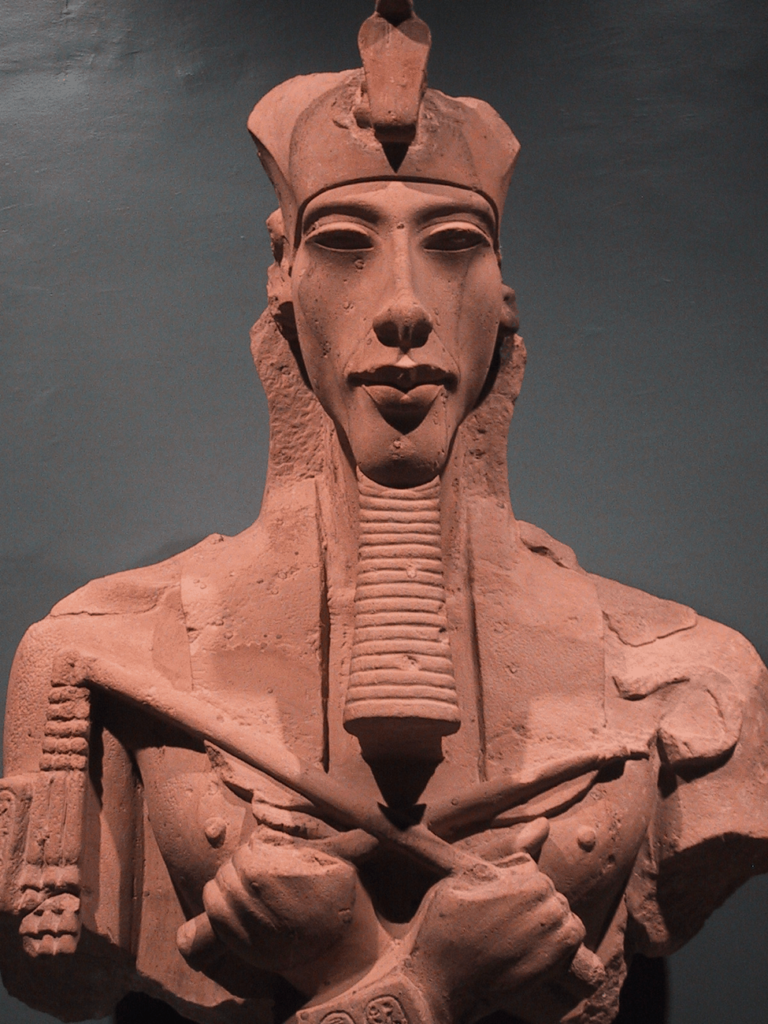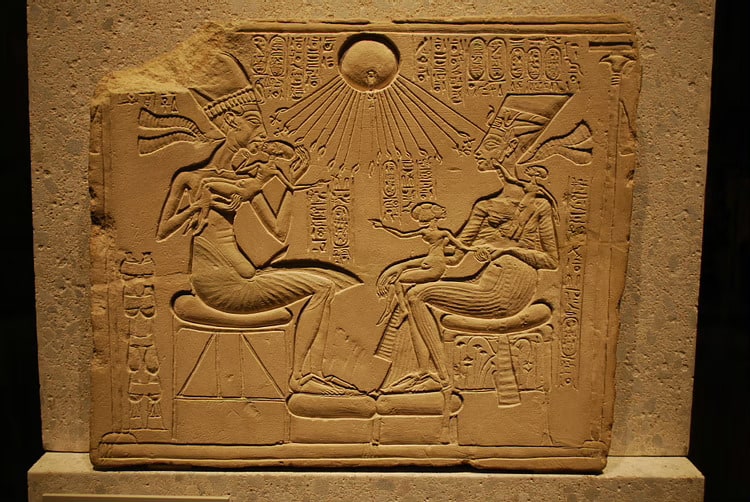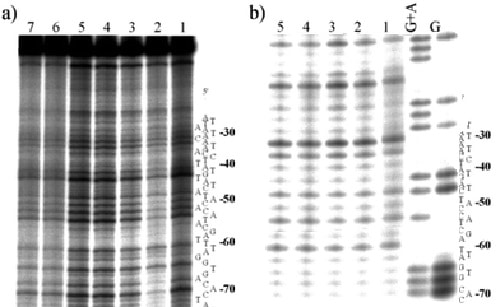
His legacy was attempted to be erased from history by the ancient Egyptians, therefore nothing is known about him. What we do know about this emperor, though, makes us wonder who or what he was. Unlike all previous pharaohs, who were depicted in superb physical condition, Akhenaten has an unusual appearance: almond-shaped eyes, a short abdomen, skinny limbs, and an extended skull.

Akhenaten flipped Egypt on its head, committing the biggest act of heresy the Egyptians had ever witnessed. He maintained that the Egyptians should have worshipped only one deity rather than a pantheon of many gods. In this aspect, it’s possible that Akhenaten and Abraham, the Biblical character, were the same person. Many pharaohs’ and their family members’ bodies have been discovered mummified, but no mummy of Akhenaten has ever been unearthed. “However, statues and carvings from the time period depict Akhenaten alone as well as in loving family settings with his major consort, Nefertiti, and their offspring. Before or after Akhenaten, such situations were never used in pharaonic artwork.”
However, Akhenaten did not believe in monotheism; he was certain that other gods existed, but he decided to devote all worship and petitions to one God, Aten (the Sun God in ancient Egypt tradition). The Amarna Period is the name given to his reign. He also relocated Egypt’s capital from Thebes to Tell el-Amarna, the city he established (or Amarna). This is the period in Egyptian history that has sparked the most discussion and research.
Pharaoh’s DNA Research
Akhenaten was unique in every way, including his DNA.

Stuart Fleischmann, an assistant professor of comparative genomics at Cairo University, and his colleagues released the findings of a seven-year research project in 2015. Nine ancient Egyptian pharaohs’ genomes were mapped. The first eight samples were perfectly normal, but the ninth, which belonged to Akhenaten, was strange.
“Fleischmann and his team used a procedure called Polymerse Chain Reaction to treat the priceless old DNA samples” (PCR). In the field of molecular biology this technique is often used to replicate and amplify a single copy of a piece of DNA, giving researchers a clear picture of someone’s genetic fingerprint.
Eight of the nine samples yielded interesting but standard results. Akhenaten, the enigmatic 14th century BC pharaoh and father of Tutankhamun, was the owner of the ninth sample. The DNA sample was acquired from a small fragment of desiccated brain tissue, and the test was performed using bone tissue with the same results.
A gene called CXPAC-5, which controls cortical growth, was one of the culprits. In the image below, you can see the oddity.”

“This notion is supported by yet another intriguing piece of evidence. Two microscope pictures of osseous tissue obtained from Akhenaten’s skull and that of a another mummy of the same age are shown below.”
Only great aging and extreme genetic mutation can cause the skull to grow, hence Akhenaten could not be more than 45 years old. This is refuted by archeological data. Furthermore, electron microscopes discovered evidence of a nucleon scar, which is a sure marker of the DNA helix repairing after exposure to severe mutagens.
The peculiarity in Akhenaten’s appearance, according to Yale scholar Irwin M. Braverman, could be family gynecomastia and craniosynostosis. Gynecomastia is a disorder that affects mostly men whose chest has expanded as a result of hormone imbalance. Akhenaten’s father, grandpa, and great-grandfather all had gynecomastia, according to Braveman. The ailment known as craniosynostosis caused Akhenaten’s enormous head.
The bones of Akhenaten’s head are substantially denser and fundamentally different from those of other mummies of the same age and period, according to the results of an examination of bone tissue obtained from his skull. Furthermore, Akhenaten’s skull and skeleton are twice as dense and durable as current human skulls and skeletons.
So, who or what was Akhenaten: an alien hybrid, a mutation, or an extraterrestrial creature? If any of these are accurate, ancient aliens may have arrived on Earth in the distant past, settled along the Nile River, and interacted with the locals.






No comments:
Post a Comment